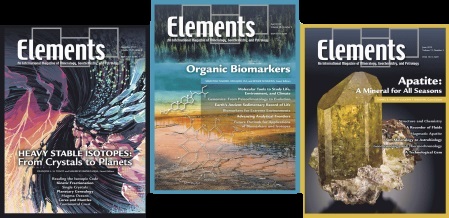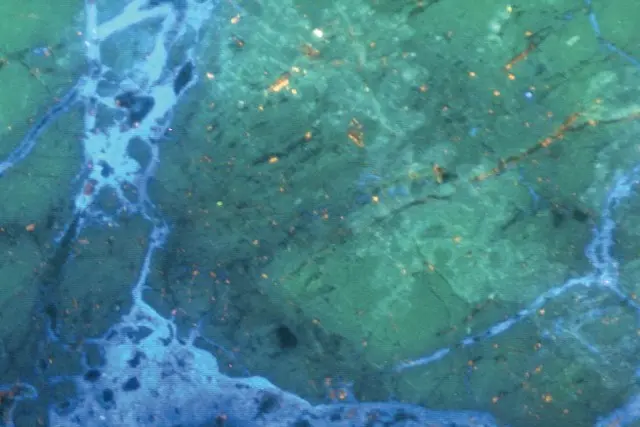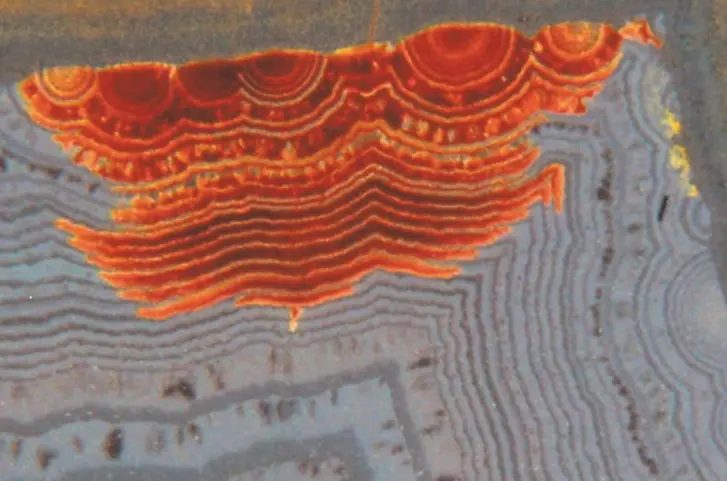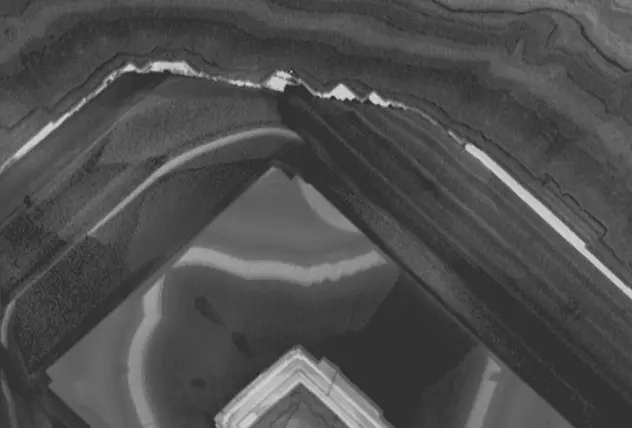Luminescence Applications in Petrology
Luminescence is a powerful tool to infer physical and chemical conditions during mineral growth. It is very subtly linked to temperature of formation, composition and structural state, and related changes during rock evolution that often cause striking contrasts in the light emitted. This information can show magma sources and the hydrothermal evolution of igneous rocks, sources and diagenesis in sedimentary systems, and the pressure–temperature evolution during metamorphism. However, luminescence is most powerful when it goes beyond imaging, coupling with spectroscopies and microgeochemical techniques. We present examples of luminescence spectroscopies in igneous, sedimentary, and metamorphic rocks to show how these methods elucidate geological processes. Luminescence imaging is an exciting scientific frontier in which novel methods provide ever deeper insights into petrogenesis.
Luminescence Applications in Petrology Read More »











